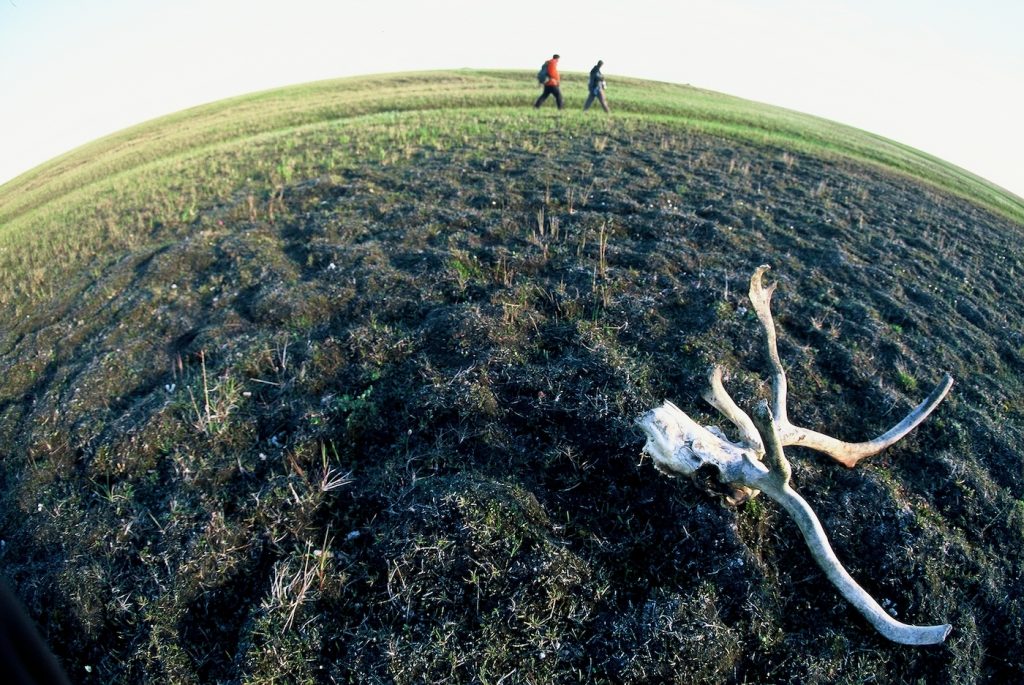Keeping the Wild in the Wilderness
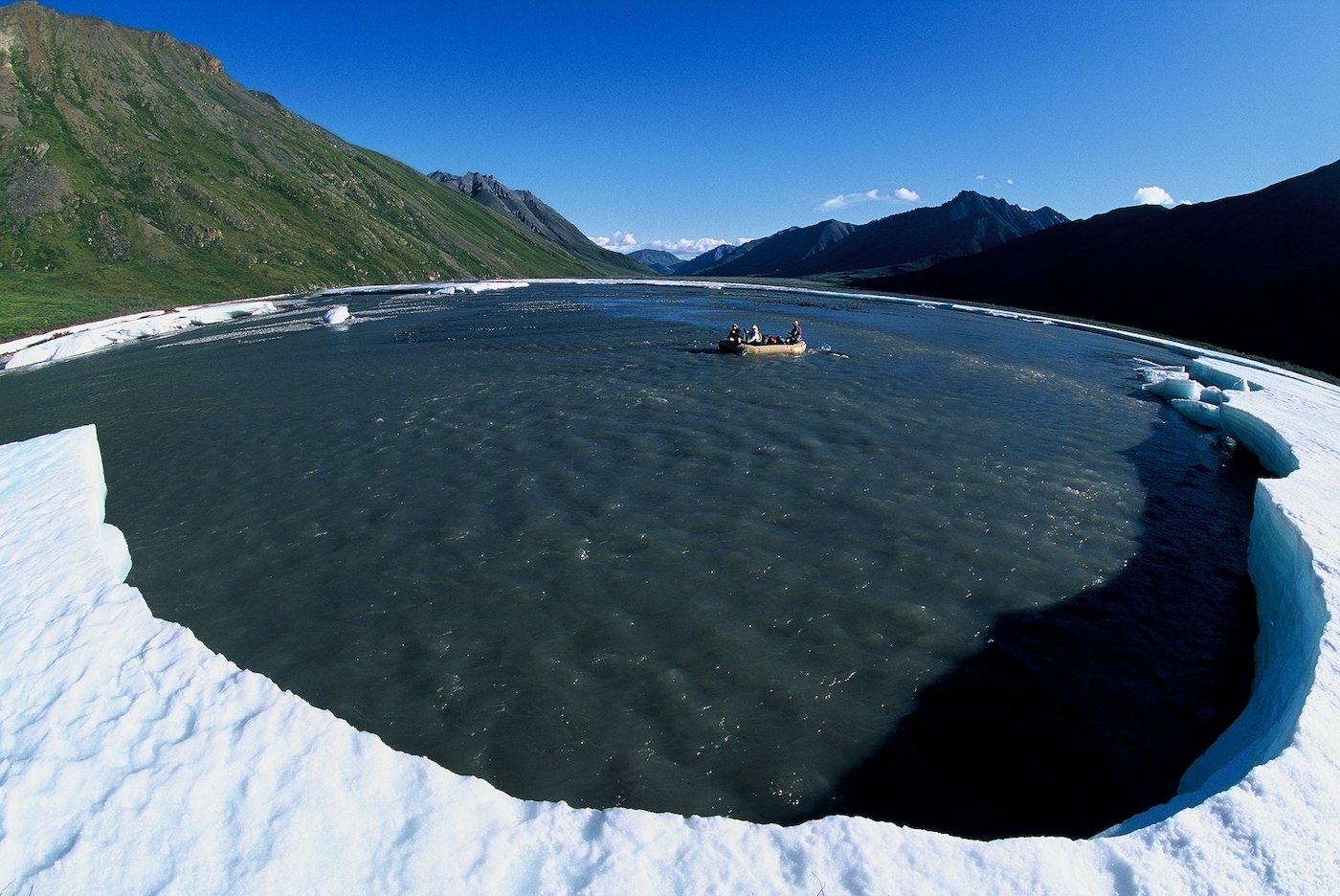
I had to admit it. I was lost and feeling a little vulnerable, the grandeur of the Arctic National Wildlife Refuge (ANWR), the largest refuge in North America, was swallowing me whole. Located in northeastern Alaska, the braiding Canning River was a maze of channels that separated me from the rest of my group.
I had opted for paddling a pack raft, ditching the four-man raft for the day to strike out on my own in the chilly 38-degree water, dodging dense gravel bars and spindly willow branches while bouncing through Class IV rapids on the winding, frigid river.
At first, I followed my three companions on the second of the three rivers rafted, the Canning, and then I paddled river right. A week prior we began on the Upper Marsh Fork at the base of the north slope of the Brooks Range, trying not to choke on relentless swarms of mosquitoes. Three weeks later we would finish along the breezy, barren, and desolate shores of the Arctic Ocean.
We reveled in the expanse of Alaskan wilds that has remained protected over the last 67 years but has come under fire too many times by politicians, hell bent on exploiting its precious resources, that being potential oil reserves.
There are two ways to gain access in ANWR, either by backpacking in, or flying in and then paddling its many rivers that braid toward the Arctic Ocean. Wildlife abounds in ANWR from grizzly and polar bears to caribou, Dall sheep, wolves, moose, and musk oxen, the list goes on and on. Unfortunately, this pristine wilderness can’t avoid controversy. In August 2020, the Trump Administration announced that it would open ANWR for oil exploration, creating a bidding war amongst companies seeking riches on ANWR’s sweeping and fragile coastal plain. The proposed drilling site lies in the middle of the migration route of the 130,000 Porcupine Caribou Herd, denning polar bears and within vital nesting grounds of thousands of migrating shore and seabirds.
However, during his first week in office, the Biden Administration put a temporary halt to any drilling in what truly is the last of the Last Frontier. Keeping it that way seems to ebb and flow with whoever is in office at the time, but there’s no denying its raw beauty. It’s as wild as wild gets.
After watching a cantankerous bull moose destroy a grove of willows with its impressively massive antlers on a large gravel bar in the middle of the Canning, I was able to work my way back to the main channel of the broad runnel. I had feared my companions and I would miss each other along the river, further complicating a reunion in the refuge amongst legions of mosquitoes and coastal horizons that were seemingly infinite.
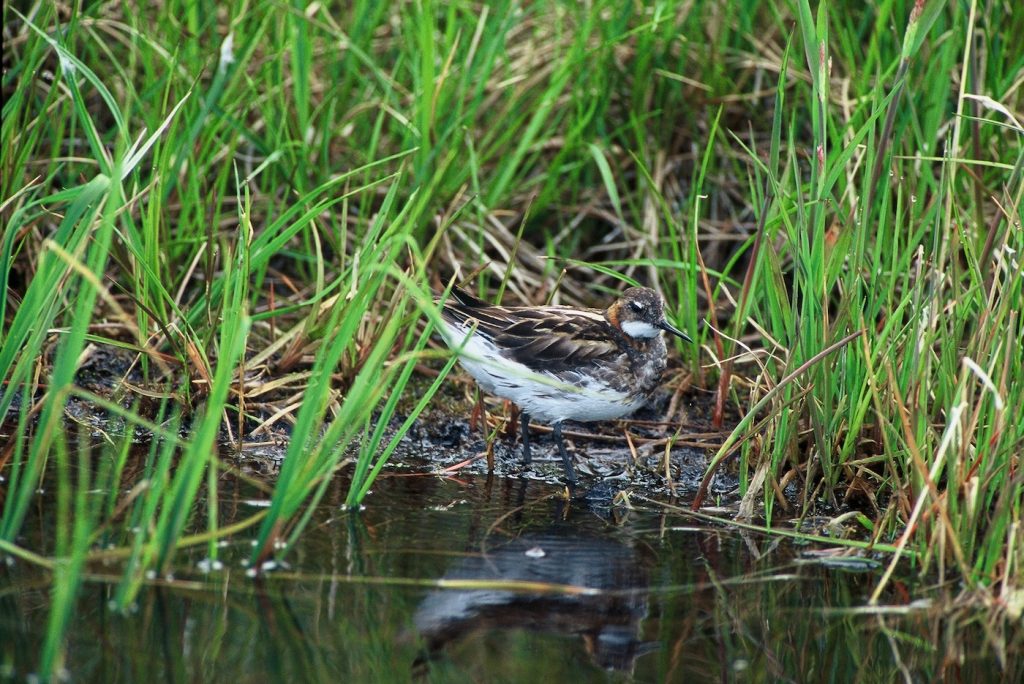
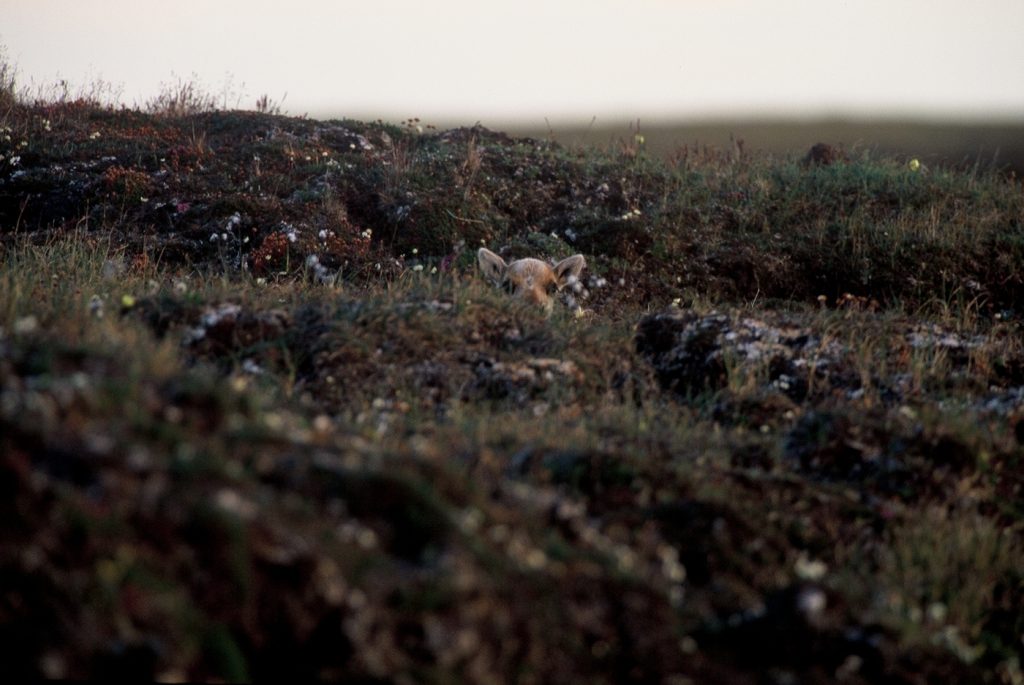
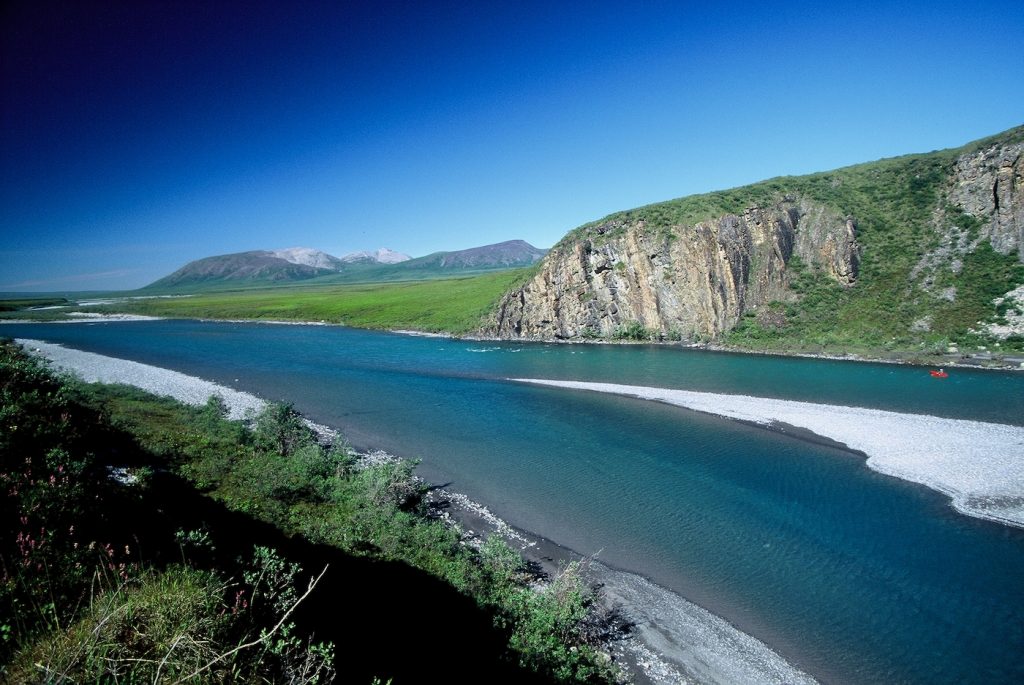
Fortunately, I had my binoculars with me and even more importantly there was high ground to scan north and south. I sacrificed myself a little. Despite being barefoot, I scrambled up that slick, muddy bluff with no issues, although squadrons of Alaska’s state bird ravaged my arms and legs. All I had on was a hat, a pair of paddling shorts and a short-sleeve sun shirt; balmy paddling conditions prevailed for several days in the great north. As I scanned, I literally wiped each of my arms off with my hands, hordes of mosquitoes transforming into a black, oily gunk.
In the end I rediscovered my rafting mates floating toward me from upriver. Utter euphoria followed as I slip-slided down the muddy bluff, diving into the frigid river and drowning all the bloodsuckers that clung to me.
One week later, the night before our bush plane rendezvoused with us on the coastal plain, I walked alone on the spongy tundra. It was just after midnight as an Arctic fox bounded unimpeded ahead of me. A young caribou calf played peekaboo with me from a knobby knoll, and a red-necked Phalarope adorned in its breeding plumage waded in the shallows of a mirror-like pond. The silence was deafening, so much so that it became too quiet in the refuge. Suddenly, something out of the ordinary infiltrated the Alaskan solitude. The realization became all too clear. It was the dull thud of oil drills pounding the Alaskan wilderness roughly 30 miles to the west at Prudhoe Bay.
For a moment, my heart sank. Could this be the fate of ANWR? One of the planet’s last great bastions of untouched wilderness rests in the crosshairs again and its future continues to remain uncertain.
